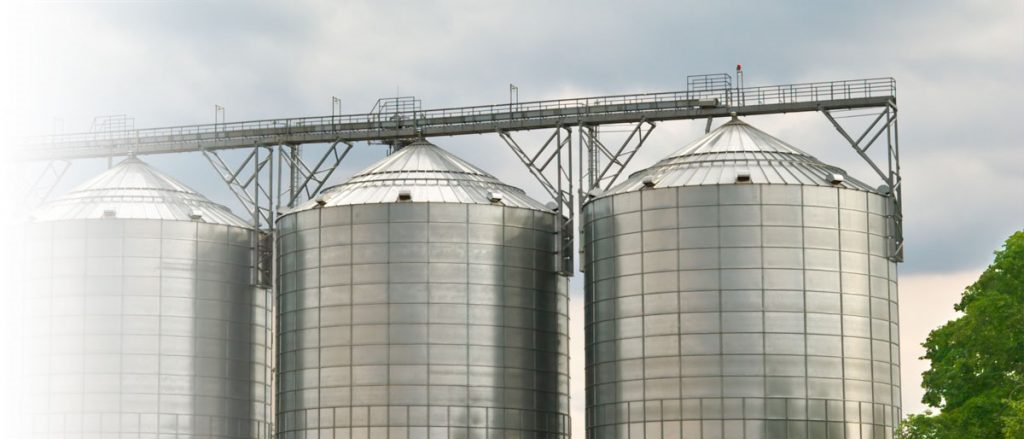Stainless steels are alloys that contain a minimum of 10.5% chromium content, and they are well-known for their corrosion resistance properties. In addition to this chromium content, stainless steels are often alloyed with other elements to enhance its properties.
Depending on the exact chemical composition of the stainless steel, they can fall into a number of different categories. This blog post will outline the different families and their properties.
Austenitic
Austenitic grade stainless steels contain at least 6% nickel and 16% chromium. Other elements such as molybdenum, copper, and titanium can be added to modify the steel to make them suitable for high-temperature applications or further improve corrosion resistance.
The nickel in austenitic stainless steels makes the metal suitable for low temperature or cryogenic applications, where other steels may become brittle.
Generally, austenitic stainless steels are non-magnetic and cannot be hardened by heat treatments.
This family of stainless steels has a large range of applications, including doors and windows, ovens, chemical tanks, and food processing equipment.
Ferritic
The major alloying element of ferritic stainless steels is only chromium in ranges from 10.5% to 18%, which provides them with a moderate level of corrosion resistance. These steels cannot be hardened by heat treatment processes and are always employed in the annealed condition.
Unlike austenitic stainless steels, the ferritic family is magnetic. Additionally, they do not suffer from stress corrosion cracking and thin sections of this type of stainless steel are weldable.
Common applications of ferritic stainless steels include cooking utensils, vehicle exhausts, and domestic appliances.
Martensitic
Martensitic stainless steels have chromium as their major alloying element but with a lower chromium content and higher carbon content than ferritic types.
This family has moderate corrosion resistance and poor weldability. They are often used for surgical instruments, fasteners, and springs.
Duplex
Duplex (and SuperDuplex) stainless steels are a two-phase microstructure of 50% austenitic and 50% ferritic stainless steel. This provides the metal with increased strength and makes it resistant to stress corrosion cracking – but not at the same level of ferritic stainless steel. These grades of steel are also readily welded, and they have a high level of corrosion resistance.
These steels are commonly used for heat exchangers, off-shore installations, marine applications, and chemical plants.
Precipitation Hardening Grades
This family of stainless steel contains both nickel and chromium and they develop extremely high tensile strengths with heat treatment. These steels are often supplied in a “solution treated” condition to allow it to be machined easily.
Precipitation hardening grade steels are often used for turbine blades, nuclear waste cakes, and mechanical components.
Stainless Steel from Masteel
Masteel has a major stock holding of a range of Stainless Steel grades and we can ship our products worldwide.
Depending on the application requirements we can supply stainless steel plates in a range of finishes and sizes as we have our own accurate cutting and profiling services in-house.
If you would like any information about our range of stainless steel products or services please contact us.

